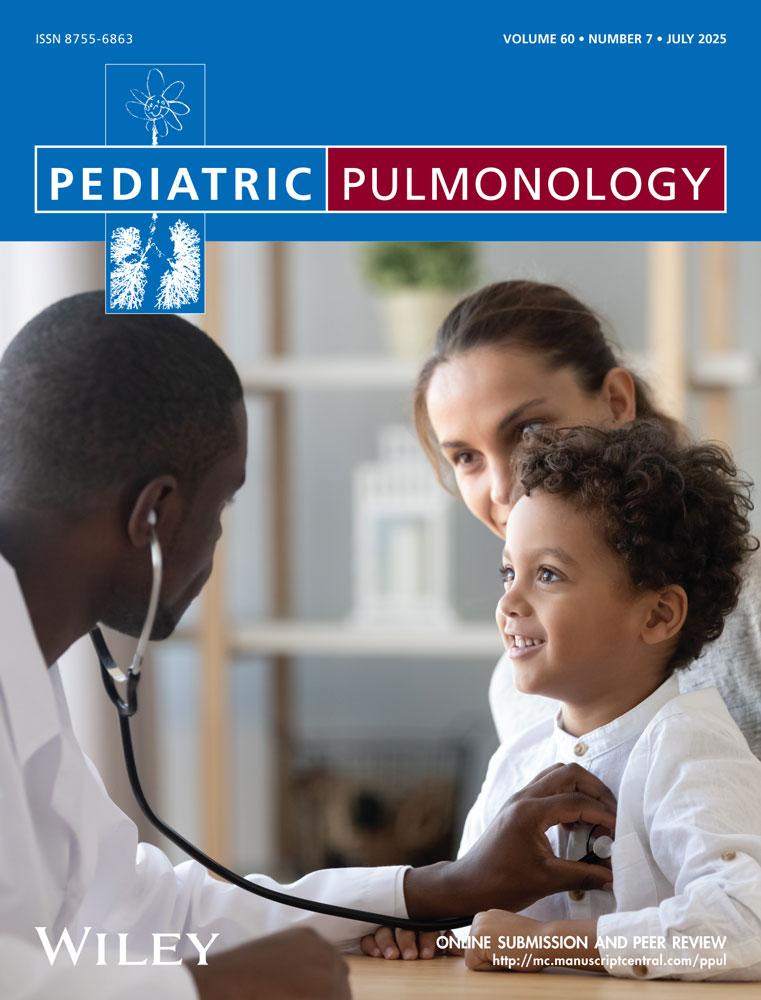A comparison of lung lamellar body phospholipids from premature and term infants: Is sphingomyelin a contaminant of surfactant?
Abstract
Lamellar bodies were isolated from homogenates of lungs obtained at autopsy from premature infants (n = 9), and compared to lamellar bodies from three full term reference groups including 55 infants with sudden infant death syndrome (SIDS), 14 control infants, and 3 who succumbed to intra-uterine death (IUD) at term. Analysis of the phospholipids was expected to reveal a high proportion of sphingomyelin (Spm) in the lamellar bodies isolated from the lungs of premature infants (24 to 33 weeks gestational age) since at this stage of their development the percentage of Spm in the amniotic fluid is high. However, Spm was either absent or a small proportion of the total phospholipid in lamellar body surfactant from these premature infants. Spm was also a small percentage of phospholipid in the lamellar body surfactant of infants with SIDS and from control and IUD specimens. It is suggested that Spm may not be a normal constituent of lamellar body surfactant but rather a contaminant from membranes. Pediatr Pulmonal 1990; 9:162–165.




